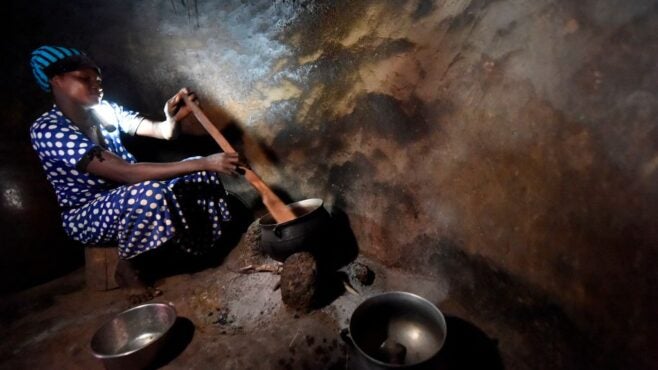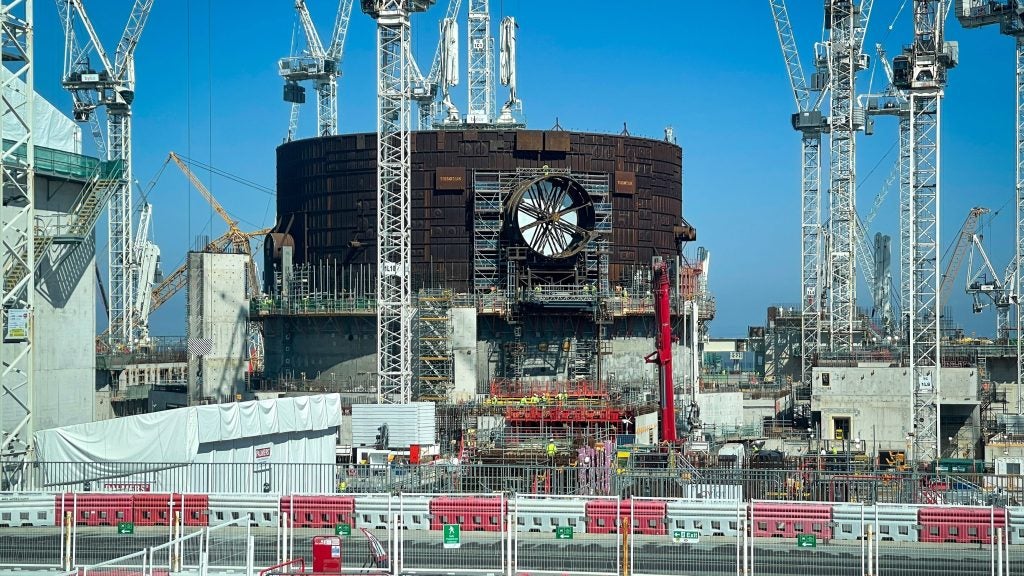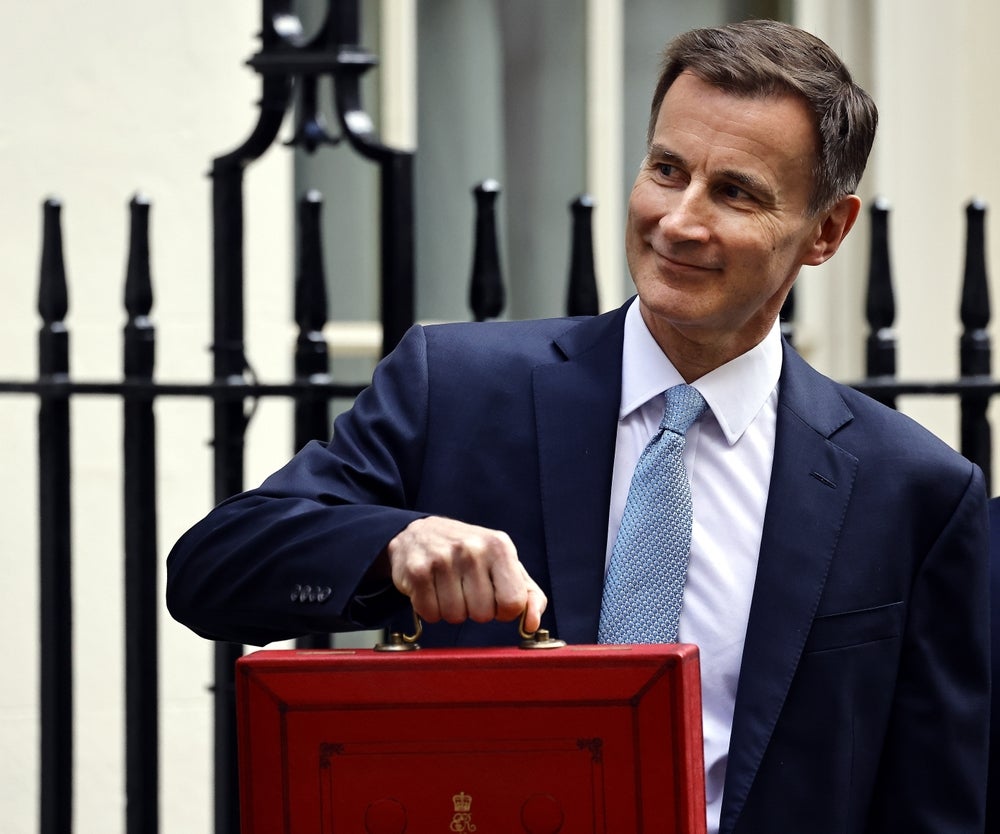Energy poverty has been largely absent from the global climate agenda, even though billions of people, mostly in Africa and Asia, remain without access to electricity and clean cooking. This state of affairs appears ready to change this year in the run-up to COP26, as consensus builds around an “inclusive energy transition” that does not just focus on cutting emissions, but also on leaving no one behind.
The implications of such a change could have far-reaching, positive impacts on rural healthcare, food security, supply chain resilience, and job and livelihood creation. “The climate case for energy access will finally resonate,” says Paul Needham, former CEO of an off-grid solar company in India.

The need for additional capital is urgent. Around $45bn will be required every year between now and 2030 to meet energy access targets. Yet spending from 2013–18 totalled just $32bn. This amount is not enough to cover even the investment needed in one year, says Sustainable Energy for All (SEforALL), an international organisation working in partnership with the UN across the private and public sectors.
More money
The Covid crisis has been a dress rehearsal for climate disruption in Africa and Asia. These regions are home to the most climate-vulnerable and energy-poor countries. The need to build energy systems that guard against drought, unemployment, food insecurity and internal migration has never been greater.
“The energy transition cannot happen without energy access,” says Damilola Ogunbiyi, CEO of SEforALL. “A lot of countries in the G20 haven’t focused on decentralised energy or clean cooking. We need to show people how they can achieve access in a low-carbon way as part of the energy transition.”
[Keep up with Energy Monitor: Subscribe to our weekly newsletter]
How well do you really know your competitors?
Access the most comprehensive Company Profiles on the market, powered by GlobalData. Save hours of research. Gain competitive edge.

Thank you!
Your download email will arrive shortly
Not ready to buy yet? Download a free sample
We are confident about the unique quality of our Company Profiles. However, we want you to make the most beneficial decision for your business, so we offer a free sample that you can download by submitting the below form
By GlobalDataCharlie Miller, a consultant for the World Bank’s Lighting Global programme, says: “With more funding for energy access coming from climate adaptation and mitigation budgets, this will filter through in all sorts of interesting ways.” He singles out as examples research to better understand the climate impact of off-grid energy and replacing diesel engines.
The Green Climate Fund, set up by the UN Framework Convention on Climate Change in 2010, has been increasing energy access in its project portfolio. Most recently, it participated in the Energy Access Relief Facility, a $100m concessionary debt fund set up to support mini-grid and household solar companies in emerging economies after Covid. Two other climate funds targeting emerging markets, the Climate Investment Platform and Climate Investment Funds, are also pushing for more funding in low energy-access countries.
Private foundations like the Rockefeller Foundation are moving to catalyse finance for energy access. In late 2020, the Foundation committed $1bn over three years to scale up decentralised renewables. The strategy appears to be working, with the US Development Finance Corporation (DFC) pledging up to $2bn after the Foundation set aside $50m to de-risk DFC investments. At the same time, the multi-donor Universal Electrification Facility, while not yet pan-African as originally envisioned, has kicked off in Benin, Sierra Leone and Madagascar and still aims to spend $500m by 2023.
Going local
However, to ensure that increased climate finance can be properly absorbed, a number of prerequisites need to be in place. These include: building a vibrant local ecosystem of energy access companies and supply chains; stimulating demand among rural energy consumers; and strengthening the link between decentralised renewable energy and its most important off-taker, the agriculture and food sector. Progress will be achieved on all these fronts in 2021.
The energy transition cannot happen without energy access. Damilola Ogunbiyi, SEforALL
Even before Covid, foreign-owned energy access companies received the lion’s share of investment. During the pandemic, that trend was further amplified, despite the fact that local companies are better set up to service rural communities given their understanding of local demand and pre-existing networks, says Emma Collenbrander, head of the Global Distributors Collective, a trade group focused on getting beneficial products, including off-grid solar, to rural communities.
In 2020, 75% of committed off-grid capital nevertheless went to three international companies. That is about to change as energy access investors, multilateral agencies, development banks and national governments focus on creating greater resilience, fostering local entrepreneurship and establishing stronger local supply chains.
To level the playing field, SEforALL has said a “significant amount, like half” of funding should go to local energy access companies, underlining that they are “doing critical work, especially in Covid times”.
Funders agree. “We will spend the year learning and discussing how to do it, what is needed to do more of it and what are the barriers preventing it today,” says Sarah Bieber, an associate director at leading investor Acumen.
Very vulnerable
Meanwhile, local manufacturing and assembly is emerging as another new frontier of energy access following disruptions to global supply chains due to Covid. There is growing understanding among the most climate-vulnerable countries that greater self-reliance is needed. The International Renewable Energy Agency stressed the need to build up local supply chains in its post-pandemic recovery recommendations.
To stimulate greater demand and ensure no one is left behind in the energy transition due to inability to pay, much thought is also going into demand-side subsidies for households and small businesses. There is increasing recognition that demand will not be forthcoming from the rural poor without financial support.
“Most households buying [small solar] are relatively middle class living in/around cities,” says Duke University researcher Jonathan Phillips. “Every reasonable analysis tells us that hundreds of millions of people will not get electricity access by 2030 if we rely on grid expansion and purely commercial off-grid approaches alone.”
The need to help especially rural poor consumers will only become more urgent if the pandemic continues to punish economies due to slow vaccination.








Related Company Profiles
Duke University
DFC, INC.
The Rockefeller Foundation
Lighting Global
Getty Images Inc